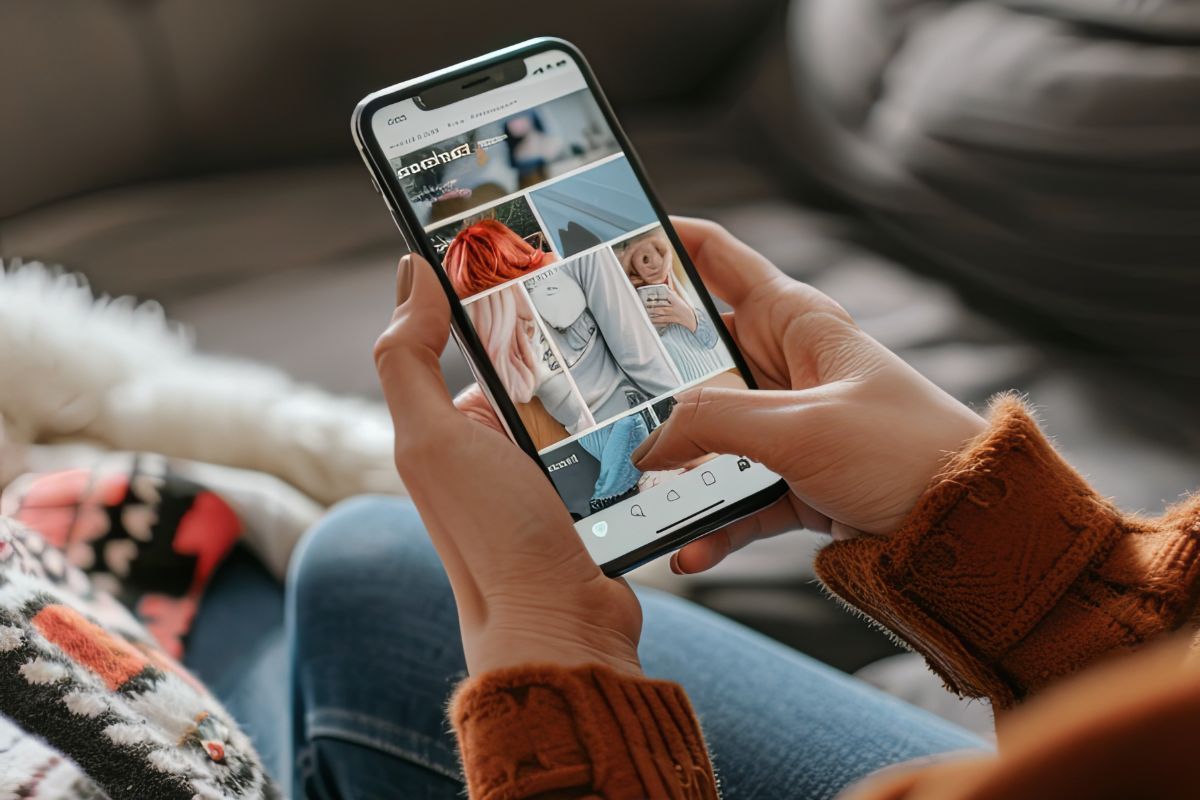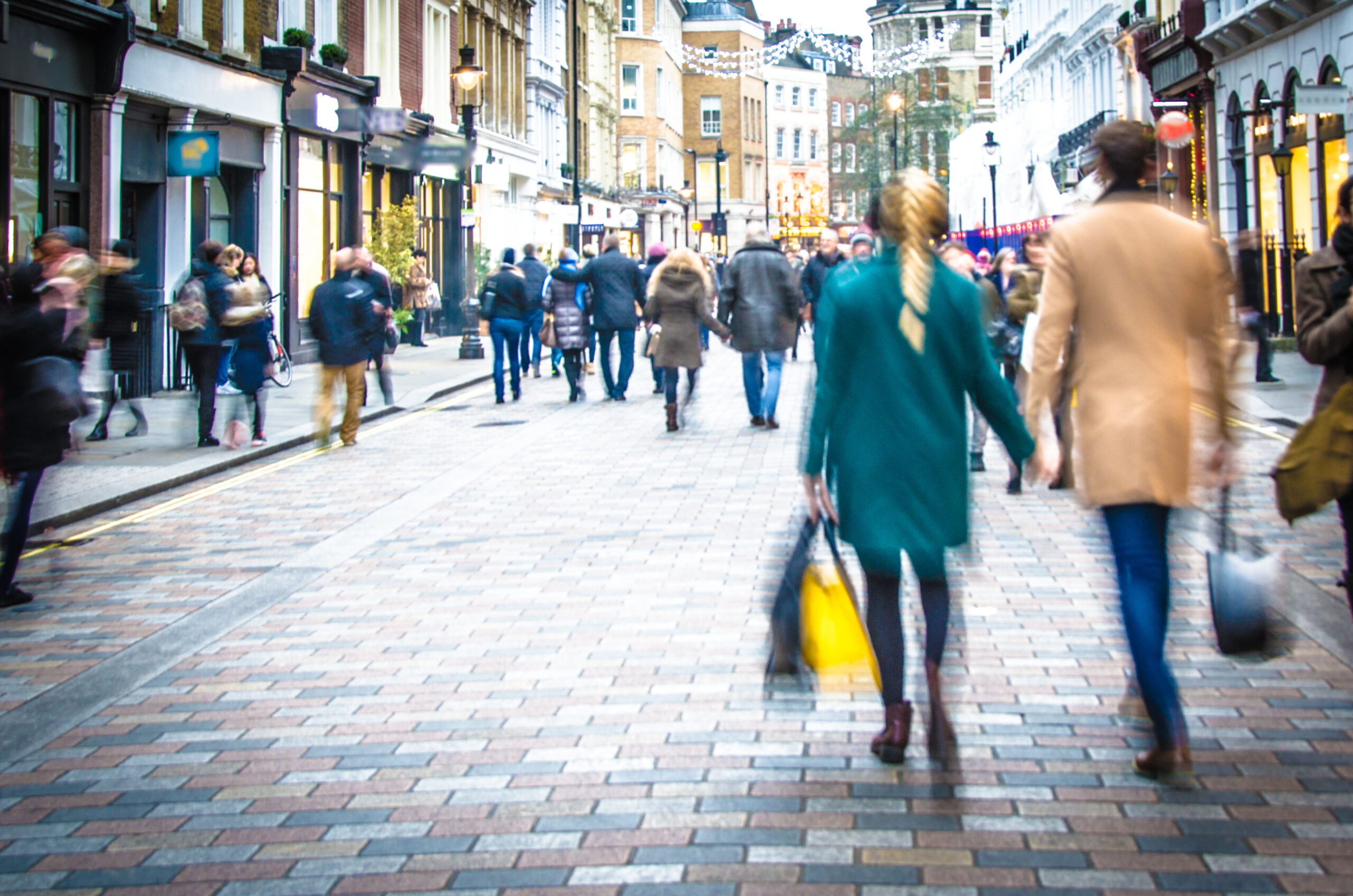One hundred million consumers could use augmented reality (AR) to shop both online and in-store as soon as next year, according to Gartner.
The analyst suggests that AR, along with VR (virtual reality), have moved 15 to 30% further along the Gartner Hype Cycle over the past year, and that 46% of retailers planned, according to a 2018 Gartner survey, to deploy either AR or VR solutions in order to meet customers expectation of both service and the shopping experience.
However, IRUK Top500 research suggests that in 2019 some 2% of Top500 retailers deployed AR in their mobile apps, with retailers from Argos to DFS and Ikea enabling shoppers to see what items from furniture and televisions to Lego models would look like in the user’s home.
“The impact of AR or VR in retail can be transformative,” said Hanna Karki, principal research analyst at Gartner. “Retailers can use AR as an extension of the brand experience to engage customers in immersive environments and drive revenue. For example, Ikea’s Place app enables customers to virtually ‘place’ Ikea products in their space. Additionally, AR can be used outside the store after a sale to increase customer satisfaction and improve loyalty.”
She added: “Retailers are under increasing pressure to explain the purpose of physical stores, and take control of the fulfillment and return process for cross-channel execution.
“At the same time, consumers are progressively defining the value provided by the experiences they receive from retailers. As a result of these pressures, retailers are turning to AR and VR to offer customers a unified retail experience inside and outside retail stores.”
Gartner says the rollout of the 5G mobile networks will give retailers an opportunity to speed up the adoption of AR and VR in stores, transforming both customer engagement and brands’ product management cycles. Sylvain Fabre, senior research director at Gartner said: “5G can optimize warehouse resources, enhance store traffic analytics and enable beacons that communicate with shoppers’ smartphones.”
Commenting, Kevin Murray, managing director of ecommerce platform provider Greenlight Commerce, said: ““Augmented reality (AR) and virtual reality (VR) have both been discussed for a number of years now, but neither have managed to make it in to the mainstream. We are starting to see a number of breakthroughs, from big brands such as IKEA and Asos, but to smaller retailers these technologies seem to remain a pipe dream.”
Anita Liu Harvey, director of strategy at Barclaycard, said: “As consumers demand more personalised experiences, the retail industry must use technology to transform the customer experience and remain relevant in a competitive market.
“Some brands have already started to take advantage of this. For example, this year Zara introduced an augmented reality experience at selected stores, creating a new-age, futuristic take on window dressing. These stores have turned their shop windows into holograms showcasing some of their latest products, which you can buy on your smartphone with the click of a button.
“It’s clear that consumers also expect the customer experience to be seamless from end-to-end. As such, customers are signaling for a more convenient and almost ‘invisible’ payment process. From biometrics to contactless coffee cups, consumers have never had more choice about how they want to pay. It’s therefore crucial that retailers take personalisation seriously throughout the whole customer experience, including the payment journey.
“Furthermore, as consumers increasingly shop online, AR, VR and related technologies offer retailers the opportunity to overcome some of the new challenges facing the industry – in particular, the volume of returns.”
Image courtesy of Ikea








